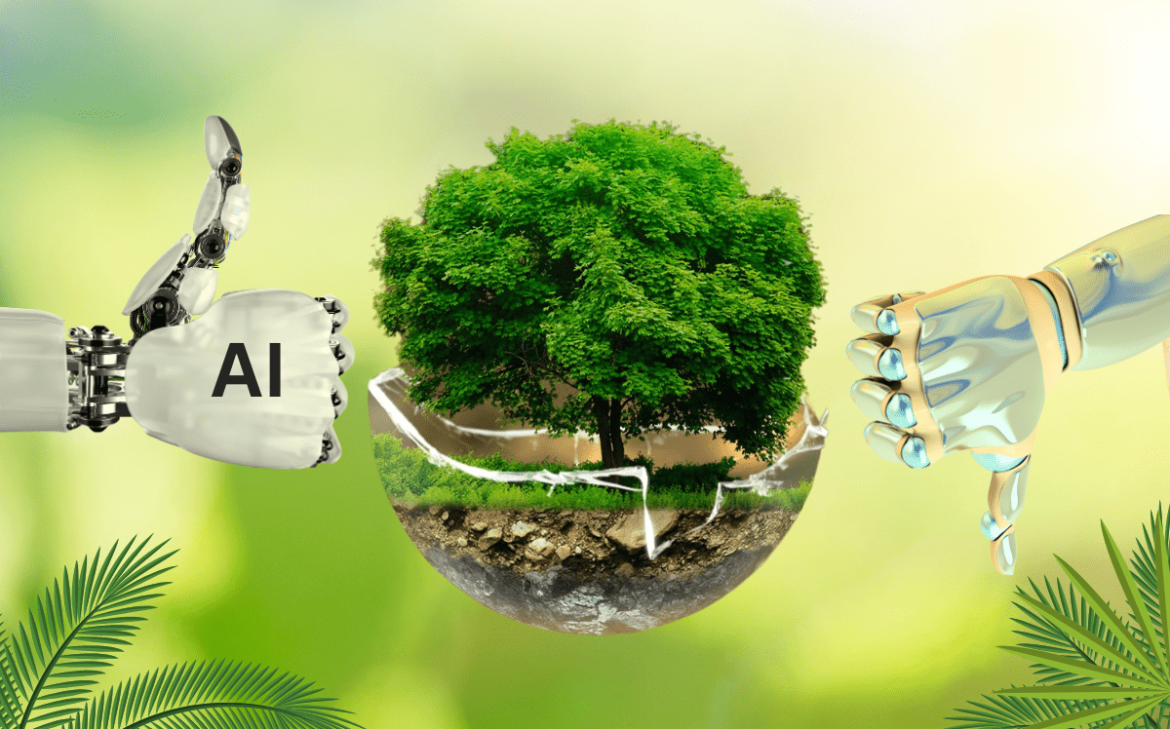Artificial Intelligence (AI) is becoming a powerful tool in addressing some of the world’s most pressing environmental challenges. When used thoughtfully, AI can support sustainability, conservation, and climate action. Understanding how to use AI to benefit the environment is essential for building a greener, more resilient future.
How Can AI Help the Environment?
AI in environmental applications involves using advanced algorithms, machine learning, and data analysis to monitor ecosystems, predict environmental changes, and develop solutions for sustainability. It enables faster, more accurate decisions that can significantly impact environmental protection and resource management.
Key Ways to Use AI for the Environment
Climate Change Monitoring and Prediction
AI can process large climate datasets to predict weather patterns, track carbon emissions, and model climate change scenarios. These insights help scientists and policymakers make informed decisions about mitigation and adaptation strategies.
Wildlife Conservation
AI-powered image recognition and tracking tools can monitor endangered species, detect poaching activities, and analyze animal migration patterns. This supports wildlife protection efforts and helps prevent biodiversity loss.
Pollution Control
AI can be used to detect pollution levels in air, water, and soil in real-time. Smart sensors combined with AI analytics can quickly identify sources of contamination, enabling faster responses and reducing environmental harm.
Smart Agriculture
AI technologies in precision farming can optimize water usage, predict crop yields, and control pests using minimal chemicals. These practices promote sustainable agriculture by increasing productivity while conserving resources.
Renewable Energy Management
AI can enhance the efficiency of renewable energy systems by forecasting energy demand, managing power grids, and optimizing the use of solar and wind power. This contributes to a more stable and sustainable energy infrastructure.
Disaster Management
AI can analyze seismic activity, weather data, and satellite images to predict natural disasters like floods, hurricanes, and wildfires. Early warnings powered by AI help reduce damage and save lives.
Waste Management
AI-driven sorting systems can improve recycling efficiency by accurately separating different types of waste. AI can also help design smarter waste reduction strategies in cities and industries.
Considerations When Using AI for the Environment
While AI offers significant environmental benefits, careful planning is needed to maximize its positive impact:
- Energy Efficiency: AI models, especially large ones, consume energy. Sustainable AI practices should focus on minimizing carbon footprints.
- Data Transparency: Reliable environmental AI requires accurate, unbiased data to ensure meaningful results.
- Ethical Use: It’s important to consider the social and ecological impacts of AI deployment in local communities and ecosystems.
Conclusion
AI holds enormous potential to drive positive change in how we protect and manage the environment. From climate prediction to smart energy systems, AI offers innovative solutions that can help tackle environmental challenges. However, using AI responsibly—with a focus on sustainability, efficiency, and ethical practices—is essential to ensure that technological progress contributes to a healthier planet.







Leave feedback about this